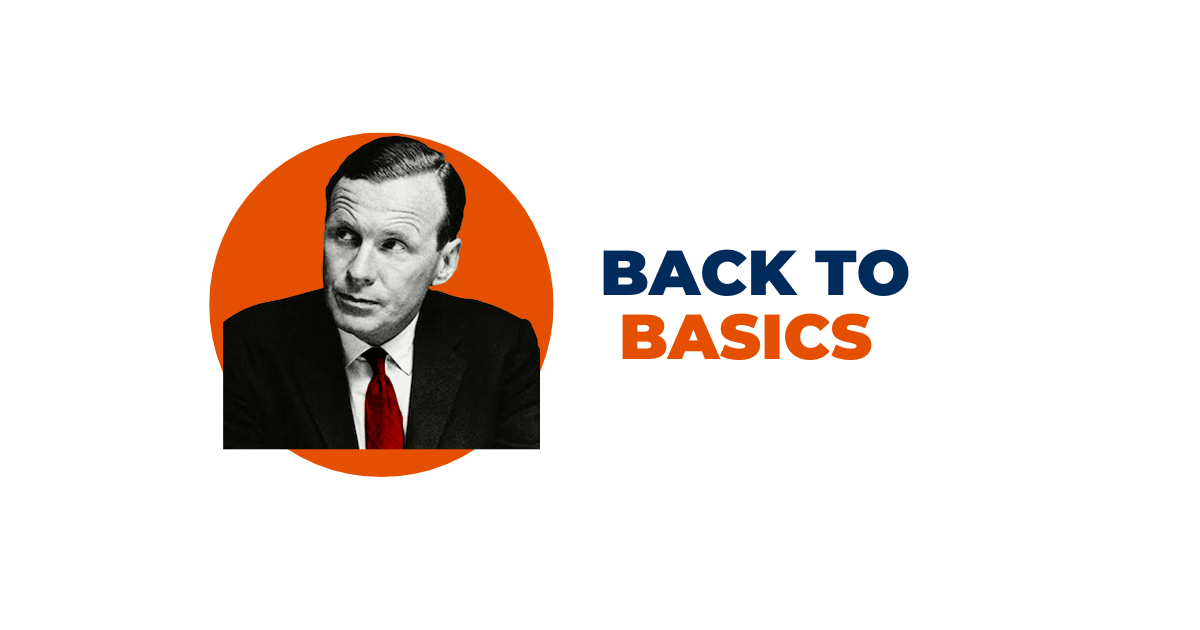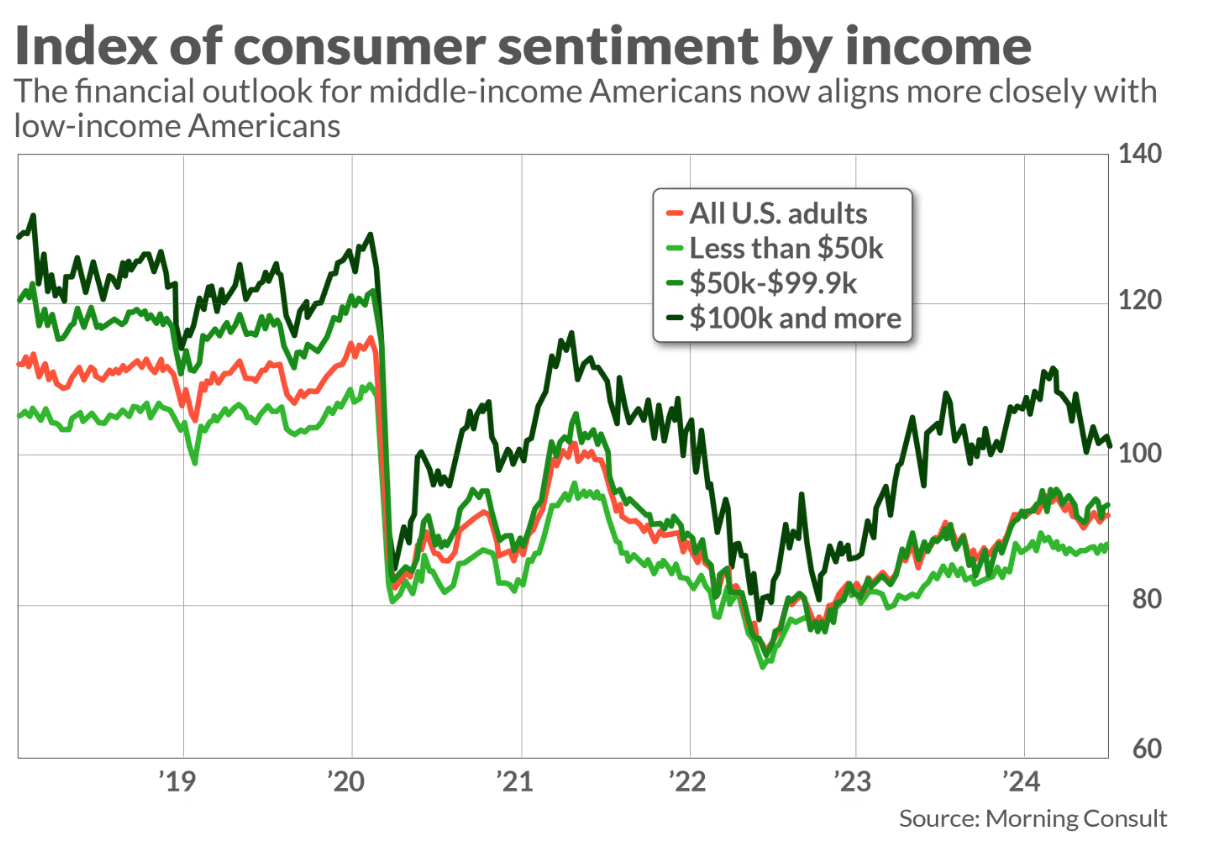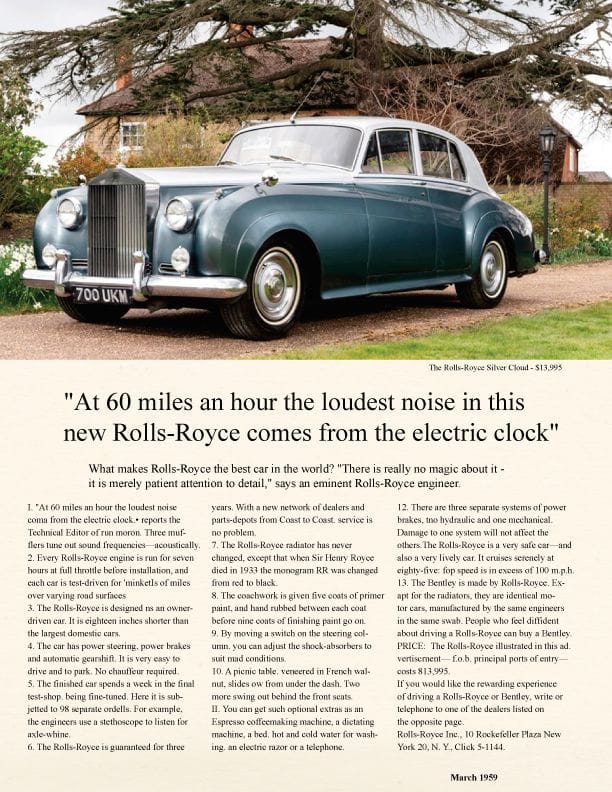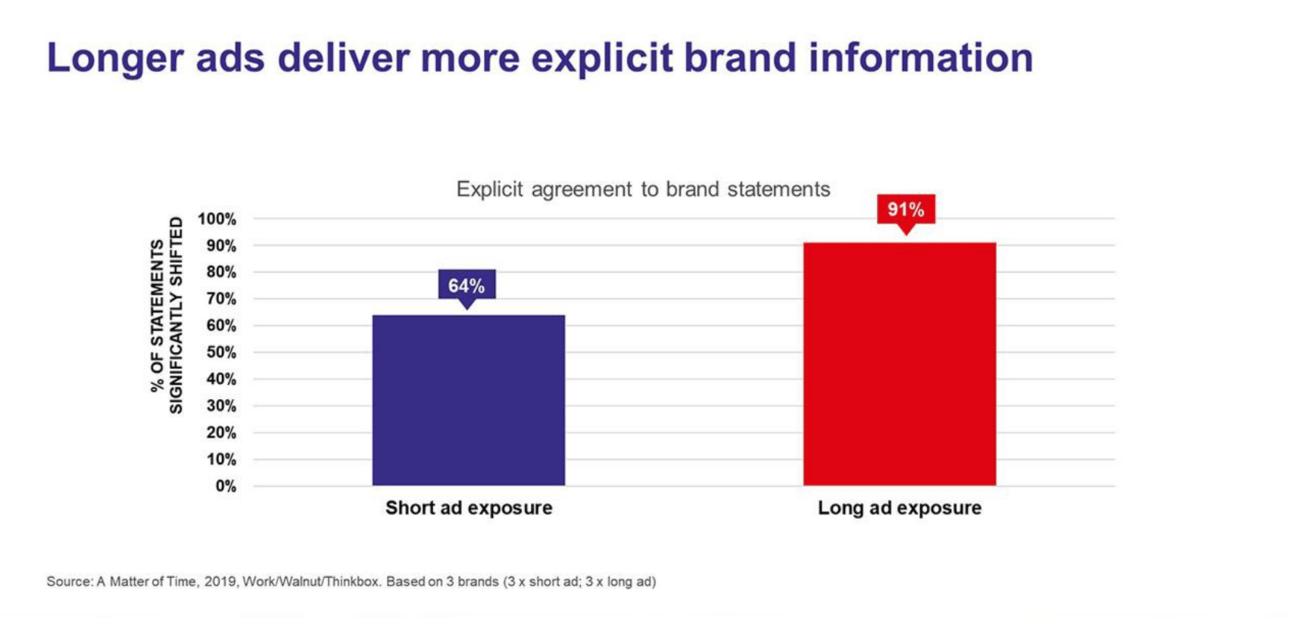- Beyond The Brief
- Posts
- Back to Basics
Back to Basics
Sell, Don’t Entertain - In a shrinking economy, product benefits are king.

Many people think advertising is simple. You talk to a few friends, learn what they like, and trust your gut to create a campaign. Intuition becomes the north star, while real data and insights take a back seat.
But here’s the harsh truth: great advertising isn’t just about what you think works—it’s about knowing what actually works. And nobody understood this better than David Ogilvy.
One of his timeless lessons:
The consumer isn’t a moron; she is your wife."
This insight remains evergreen. Consumers don't buy because your campaign is "cute"—they buy because they trust you. Without understanding the product and the real reasons someone would choose it, you simply can't sell it.
During the Christmas holidays, I was listening to The Founders podcast, where I heard the summary of David Ogilvy's books. Highly recommend giving it a listen. I was so inspired that I decided to put my thoughts here.
The State Of Advertising Today
We’re living in a time where global purchasing power is shrinking. People are spending less as rising prices and low wage growth make things harder. In France, most focus on essentials, and in the UK, incomes have been dropping since 2019. Inflation and economic downturns mean consumers have less disposable income.

Wong, Venessa, and MarketWatch Photo Illustration/iStockphoto. “As The Wealthy Keep Spending, Here’s Why the Middle Class Is in for a Tough 2025.” MarketWatch, December 24, 2024. https://www.marketwatch.com/story/as-the-wealthy-keep-spending-heres-why-the-middle-class-is-in-for-a-tough-2025-5e5b3a0b
This means people aren’t spending impulsively. The days of buying because something looks “sexy” are fading. Consumers want proof—what does your product do, and why is it worth their money?
Interestingly, this isn’t a new idea. David Ogilvy wrote extensively about the importance of explaining a product’s benefits. In his book, he emphasised long-form copy in magazine and newspaper ads, arguing that clear, detailed explanations sell.
Example
One of Ogilvy’s most iconic campaigns was for Rolls-Royce. The headline read:
"At 60 miles an hour the loudest noise in this new Rolls-Royce comes from the electric clock."

This headline doesn’t rely on flash or cleverness. It’s specific, product-focused, and immediately communicates a unique benefit. Ogilvy believed 80% of a print ad’s success depended on the headline. He famously said:
On the average, five times as many people read the headline as read the body copy.
In the digital age, the principle is the same. Whether it’s a Google ad, a social media post, or a landing page, the headline carries the weight of the campaign. It must grab attention and sell the product in one line.
The Importance of Results
Ogilvy loved direct marketers because they cared about results. They didn’t chase vanity metrics or awards—they wanted to sell. He argued for longer TV ads that had time to properly explain a product’s benefits, even if they cost more.

Wong, Venessa, and MarketWatch Photo Illustration/iStockphoto. “As The Wealthy Keep Spending, Here’s Why the Middle Class Is in for a Tough 2025.” MarketWatch, December 24, 2024. https://www.marketwatch.com/story/as-the-wealthy-keep-spending-heres-why-the-middle-class-is-in-for-a-tough-2025-5e5b3a0b
In 2025, digital platforms like Google Ads and Facebook make this easier than ever. We can measure what works, refine our approach, and double down on campaigns that deliver real ROI. Ogilvy would have loved the precision of modern tools—if only more marketers used them with his rigour.
What You Should Remember? - Back To Basics
Do your Homework
Know your audience.
Respect their intelligence.
Explain your product clearly.
Measure everything.
What do you think? Are we living up to Ogilvy’s standards? Or are we still chasing vanity over value?
Until The Next Time,
Marti
Reply